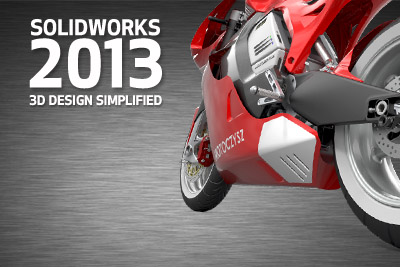

SOLIDWORKS - select the Task Pane tab from the set of tabs down the right of the application.Įach application has a Collaboration panel, through which local changes are Pushed, and remote changes are Pulled.Altium Designer - click the PCB button down the bottom right of the application and select Solidworks Collaboration from the menu.

Notifications about incoming changes appear automatically in the Collaboration panel, as soon as a Push is performed on the other side. The designer working in each application uses the Collaboration panel to Push and Pull design changes from one application to the other. SOLIDWORKS and Altium Designer collaborate with each other through an ECAD-MCAD Project Collaboration Server (or Altium Vault), whose behind-the-scenes role is quite transparent.
#Vsremotedebugger did not install solidworks full#
For full details on what's needed, see MCAD Co-Designer: SOLIDWORKS®. Underlying these collaboration capabilities is an ECAD-MCAD Project Collaboration Server (or Altium Vault), storing the board shape, components and the designers' comments.ĭesign changes are passed from Altium Designer transparently through the Collaboration Server/Vault to SOLIDWORKS, and back again.īefore you can collaborate, ensure that you have fulfilled the requirements for collaboration. Make a change to the board shape or the positioning of a critical component in Altium Designer, then click a button to pass those changes across to your fellow designer in SOLIDWORKS. Helping with this is the new MCAD Co-Designer: SOLIDWORKS® extension for Altium Designer, allowing the ecad and mcad designers to directly pass design changes back and forth between Altium Designer and SOLIDWORKS®. Today's sophisticated electronic products come in all manner of unusual shapes and sizes - designing these products demands close collaboration between the mechanical and electronic design teams throughout the development process. ► Learn more about Altium's latest ECAD-MCAD CoDesign technology Now available as an add-in for SOLIDWORKS version 2018 and higher, CoDesigner supports: bi-directional transfer of complex board shapes with cutouts bi-directional transfer of placed components as 3D models MCAD to ECAD transfer of native components and support for rigid-flex PCBs. Altium continues to develop MCAD-to-ECAD CoDesign capabilities.


 0 kommentar(er)
0 kommentar(er)
